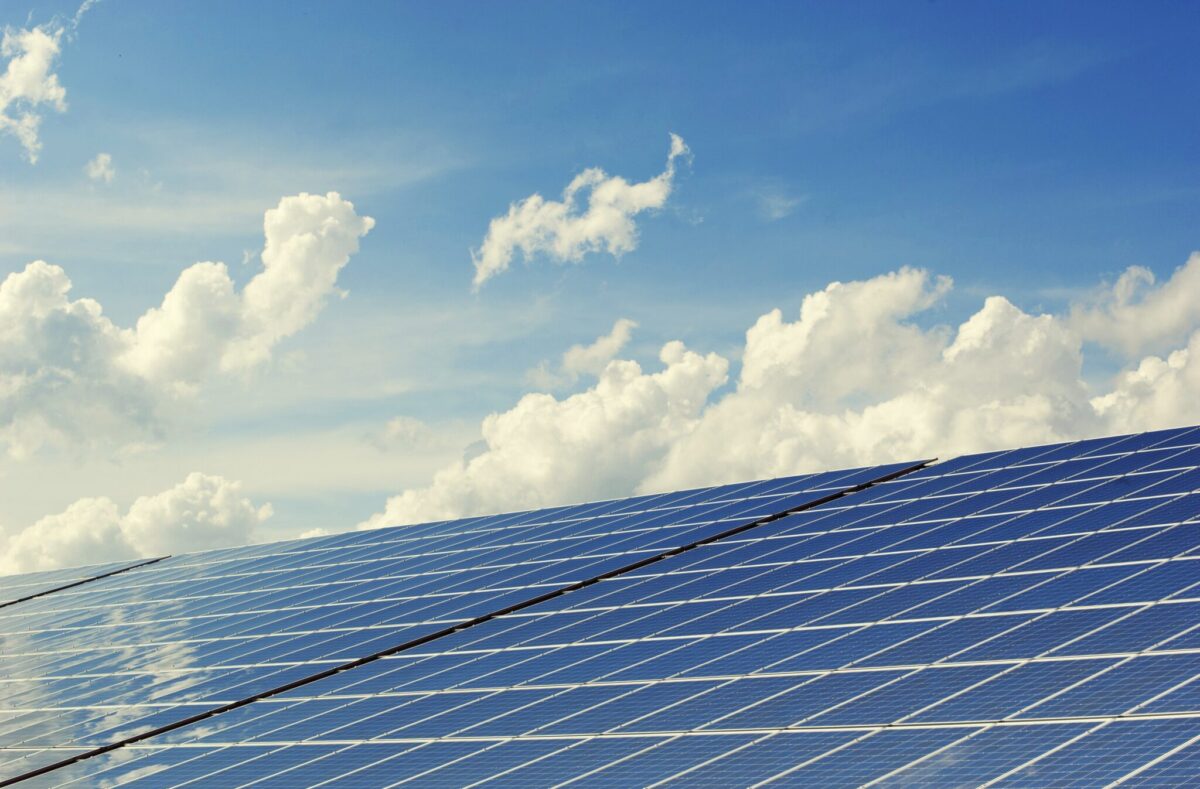From pv magazine USA
Global electrolyzer manufacturing capacity could outstrip demand by two times by the end of a decade, according to a new report from Clean Energy Associates.
The report, which looks at the technology trends and policy impacts in the green hydrogen space, forecasts that global manufacturing capacity for green hydrogen will touch 54 GW by 2027. China is likely to account for almost half of that global capacity, and when combined with North America and Europe, will reflect some 93% of the electrolyzer capacity global market share, its authors noted. The country currently accounts for 61% of manufacturing capacity across the world, due in part to a complete supply chain and relatively low costs.
However, especially given the passage of the Inflation Reduction Act in the U.S. and the policy support that provides the green hydrogen sector, North American manufacturing capacity is also set to rapidly grow, the report noted.
While hydrogen can be made using multiple raw materials, including coal and natural gas, green hydrogen – that is, hydrogen produced with renewables – has increasingly become a priority for the U.S. as a potentially critical part of the clean energy transition. Green hydrogen is made by electrolyzing water using renewable energy like wind or solar.
The report also compared different electrolyzer technologies, including alkaline and proton exchange membrane (PEM). It estimates that alkaline electrolyzers, which are largely clustered in China and Europe, will remain the most prevalent technology over the next decade, thanks in part to lower costs and the potential for efficiency improvements. PEM electrolyzers, meanwhile, are manufactured more globally but depend on electrodes that use rare materials, which could be a potential challenge.
While the report estimated that electrolyzer manufacturing capacity could outpace demand by 2030, it also noted that the actual usable capacity is likely to be less than nameplate capacity.
“The forecasted electrolyzer demand is highly uncertain, as it can be affected by policy implementation, downstream industry developments, low-cost renewable energy availability and operation of existing projects,” the report said.
The industry as a whole has been focusing on the issue of ramping up electrolyzer manufacturing capacity. One of the key challenges it faces in doing so is accessing the necessary capital – however, a couple of announcements last year indicate that trend could be changing. For instance, Verdagy revealed plans to open a new plant in Newark, California, early this year to build large volumes of advanced water electrolyzers.
Electrolyzer manufacturer Electric Hydrogen, meanwhile, completed an oversubscribed $380 million Series C financing. The company is building a 1.2 GW facility to produce commercial electrolyzer systems in Devens, Massachusetts, with deliveries expected later this year.
Some experts are also looking at alternatives to the rare materials used in PEM electrolyzer technology – like clean chemistry company Mattiq, which announced in October that it is developing a portfolio of alternatives to iridium, one of those materials. According to the International Renewable Energy Agency, the current iridium production levels could support manufacturing some 3 GW to 7.5 GW of electrolyzers every year. Mattiq, however, is looking at alternative catalysts that could be used in these electrolyzers instead.
This content is protected by copyright and may not be reused. If you want to cooperate with us and would like to reuse some of our content, please contact: editors@pv-magazine.com.








By submitting this form you agree to pv magazine using your data for the purposes of publishing your comment.
Your personal data will only be disclosed or otherwise transmitted to third parties for the purposes of spam filtering or if this is necessary for technical maintenance of the website. Any other transfer to third parties will not take place unless this is justified on the basis of applicable data protection regulations or if pv magazine is legally obliged to do so.
You may revoke this consent at any time with effect for the future, in which case your personal data will be deleted immediately. Otherwise, your data will be deleted if pv magazine has processed your request or the purpose of data storage is fulfilled.
Further information on data privacy can be found in our Data Protection Policy.